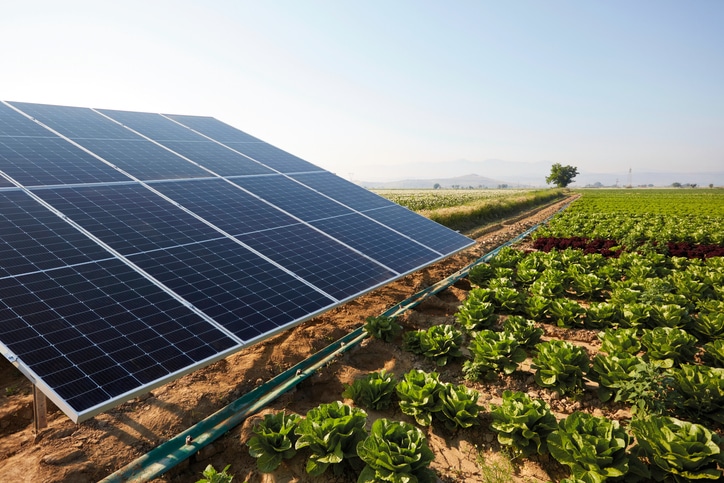Accelerate net zero
Sustainability made accessible and affordable. Pave your path to net-zero with Wattstor.
Learn more
How does Wattstor boost sustainability for sites?
Wattstor’s technology creates opportunities to improve sustainability through maximised renewable integration, adaptive EV charging and by helping the grid in times of crisis…

Maximise embedded renewable generation
Wattstor’s energy management system, Podium EMS, and battery energy storage ensure that onsite generation is maximised and optimised. If sustainability is your number one goal, then Podium will prioritise renewable energy storage so you consume as much onsite renewable energy as possible with minimum input from grid sources.
Our DC/DC coupled battery solution ensures significant amounts of solar can be connected without breaching grid constraints, so you have the opportunity to add more renewable energy than you may have initially thought.
Wattstor’s energy management system, Podium EMS, and battery energy storage ensure that onsite generation is maximised and optimised. If sustainability is your number one goal, then Podium will prioritise renewable energy storage so you consume as much onsite renewable energy as possible with minimum input from grid sources.
Our DC/DC coupled battery solution ensures significant amounts of solar can be connected without breaching grid constraints, so you have the opportunity to add more renewable energy than you may have initially thought.

Adaptive EV Charging
Wattstor mobilises green fleets and enables adaptive electric vehicle (EV) charging for staff, customers, and communities.
Wattstor’s adaptive charging solution intelligently distributes power between all active chargers with parameters and priorities set by the end-user, maximises use of embedded renewable generation, and reduces costs through dynamic tariff optimisation while maintaining grid capacity under its limitation.
With Wattstor’s dynamic EV charging, sites:
- Avoid penalties for exceeding capacity
- Maximise on-site renewables for charging
- Green their fleets
- Enhance customer and employee experience on site
Wattstor mobilises green fleets and enables adaptive electric vehicle (EV) charging for staff, customers, and communities.
Wattstor’s adaptive charging solution intelligently distributes power between all active chargers with parameters and priorities set by the end-user, maximises use of embedded renewable generation, and reduces costs through dynamic tariff optimisation while maintaining grid capacity under its limitation.
With Wattstor’s dynamic EV charging, sites:
- Avoid penalties for exceeding capacity
- Maximise on-site renewables for charging
- Green their fleets
- Enhance customer and employee experience on site

Good for site, grid, and planet...
By avoiding price peaks and maximising onsite generation and storage during high price periods, your site is indirectly helping the grid to manage demand.
Pricing is the only language the grid has to tell us it’s under strain. A common reason for system stress is the increased amount of fluctuating renewable energy on the grid.
High pricing means high demand/low supply (which is a problem), while low pricing means plenty of supply and relatively low demand. Essentially, the more money you save by hedging against price volatility, the more you’ve helped the grid to integrate renewables into the overall system.
By avoiding price peaks and maximising onsite generation and storage during high price periods, your site is indirectly helping the grid to manage demand.
Pricing is the only language the grid has to tell us it’s under strain. A common reason for system stress is the increased amount of fluctuating renewable energy on the grid.
High pricing means high demand/low supply (which is a problem), while low pricing means plenty of supply and relatively low demand. Essentially, the more money you save by hedging against price volatility, the more you’ve helped the grid to integrate renewables into the overall system.

Building the business case for sustainable energy
How can businesses develop sustainably whilst boosting their bottom line? We cover the following points in this on-demand webinar:
- The energy landscape: the carbon reduction mandate
- Making net-zero affordable and accessible
- The technologies driving the transition
- Volatile electricity markets: transforming risk to opportunity
Are you ready to unlock your energy freedom?
.
Get in touch
.
- +44 (0) 20 8058 0203
- [email protected]
- New Broad Street House, 35 New Broad St, London EC2M 1NH